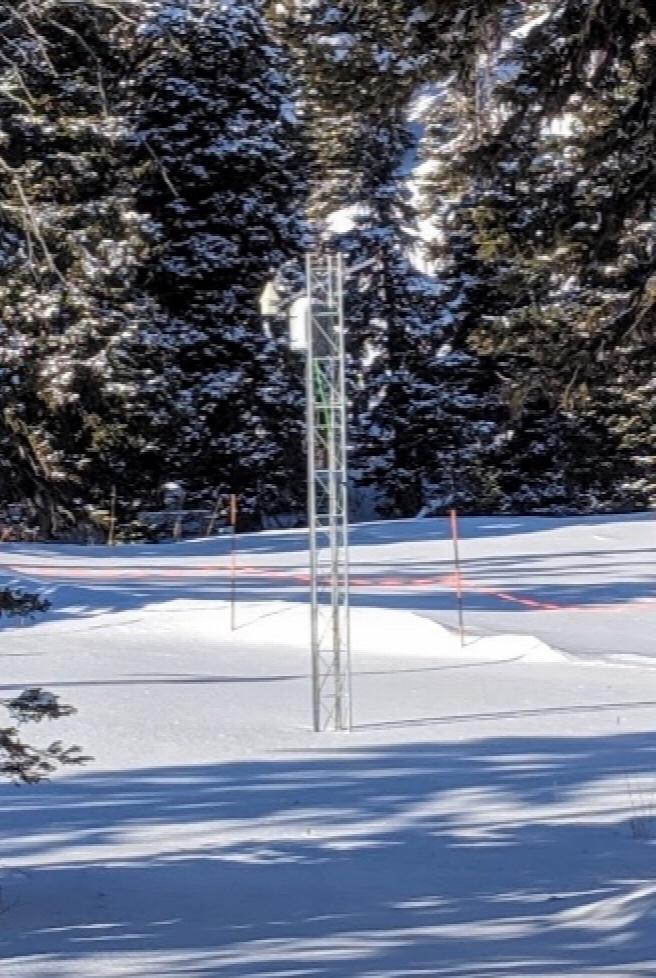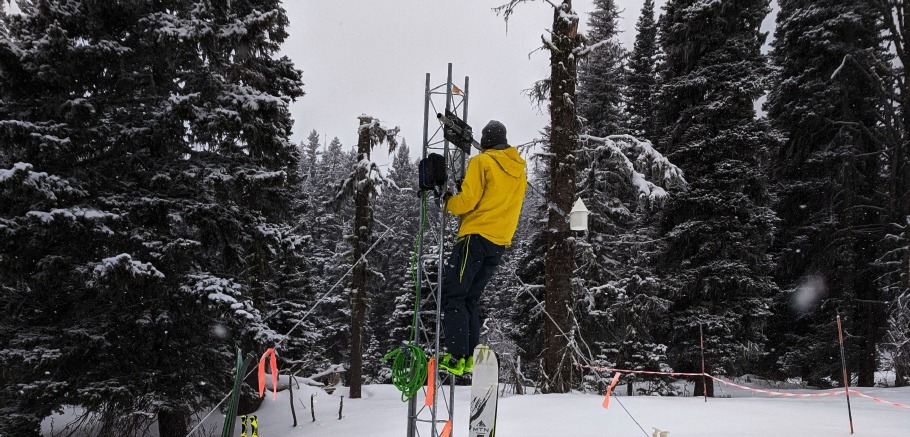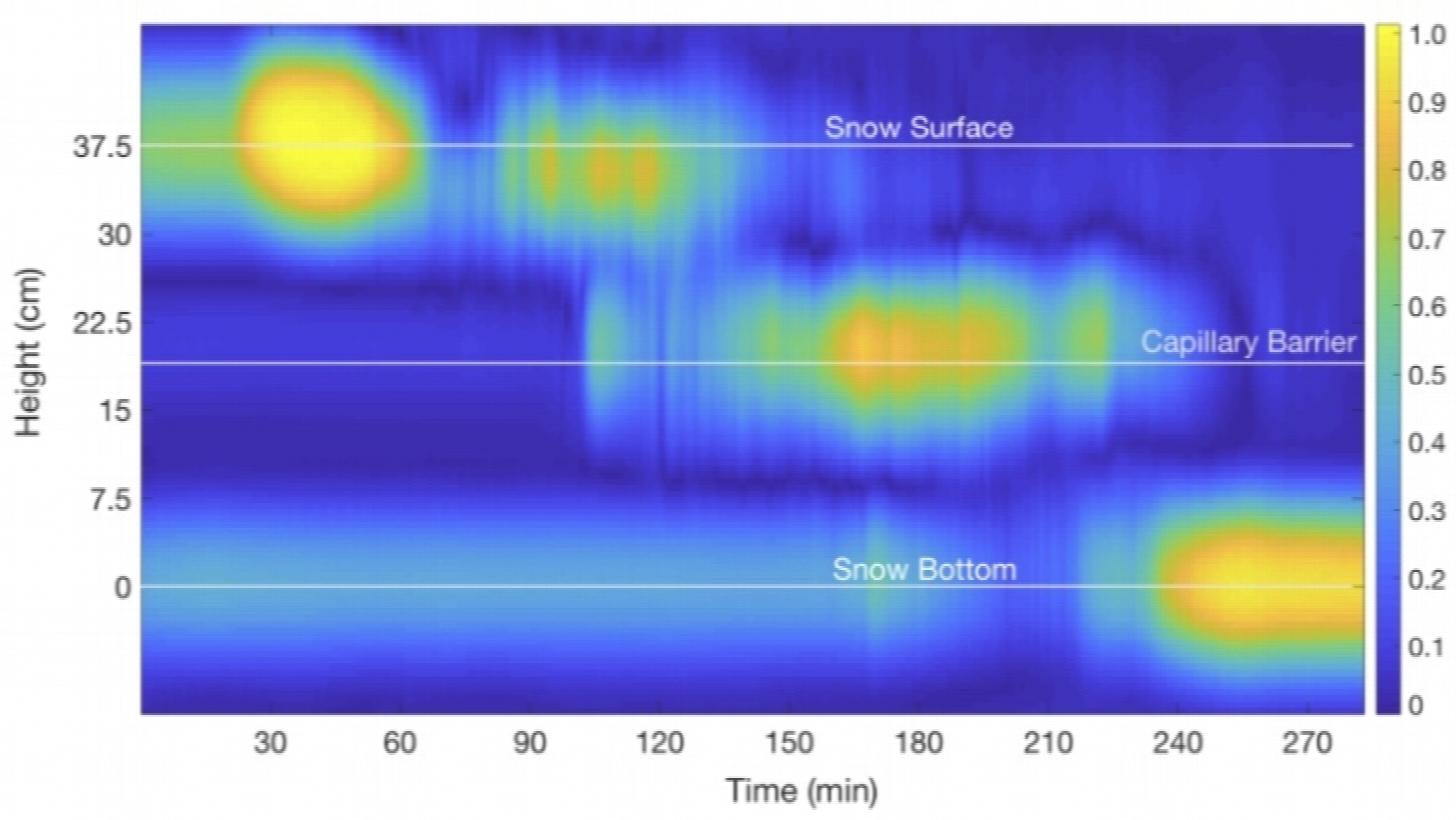SNOW MICROSTRUCTURE RESEARCH
On behalf of a NASA-funded research grant to study the implications of snow microstructure on various radar-retrieved parameters, investigators at Montana State University (MSU) are using SensorLogic’s downward-looking UWB radar to study snow metamorphism and liquid water percolation in snow in their laboratory and in the field at Bridger Bowl Ski Area (Bozeman, MT). Utilizing the Subzero Research Laboratory (SRL) at MSU, Professor Kevin Hammonds and Ph.D. student Chris Donahue are creating snowpacks of various microstructures. Throughout each experiment, co-pol and cross-pol radar measurements are collected and analyzed to better understand the role snow metamorphism plays in interpreting microwave remote sensing data for hydrological forecasting applications. In the field, a permanently buried upward-looking radar is being used as a snow depth sensor to measure snow properties such as height, density, stratigraphy, and snow water equivalent. Once the snowpack becomes wet due to snowmelt in the Spring, or during rain-on-snow events, the same upward-looking radar is used to measure water percolation in the snowpack. This information is used to inform models that predict snowmelt timing and in avalanche forecasting to predict wet slab avalanches.



